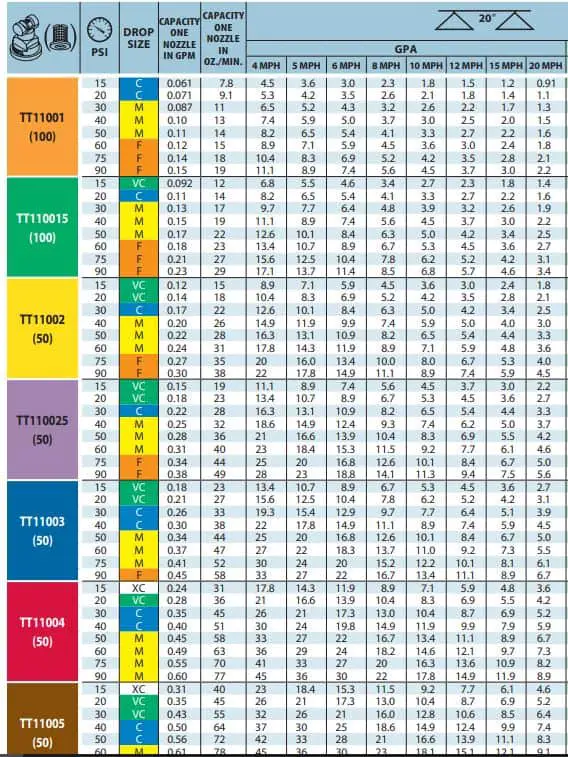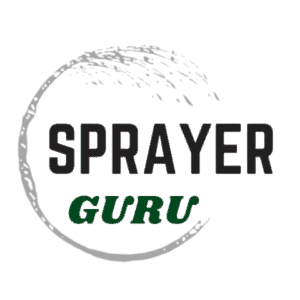If you are new to spraying, you may be uncertain about some of the terminology. One common term is spray volume per acre, but what exactly does this mean?
Spray volume per acre refers to the amount of total liquid that your sprayer applies per acre of land you cover. This includes water and the chemical that you have mixed with it. Spray volume is typically expressed as gallons per acre. Spray volume per acre should not be confused with the amount of chemical needed per acre. It is simply the per acre output of your sprayer. Knowing your spray volume per acre, however, does assist in determining the mix rate for your chemical.
Determining your total spray volume per acre is critical to identifying the amount of chemical you will need as well as how much area your sprayer can cover with one thankful.
Calculating Spray Volume Per Acre
Finding the per acre output of your sprayer is not too difficult. There are two different ways to go about this. First, if you do not know the specifics of your sprayer, such as nozzle size and operating pressure, you can go through the process of calibrating our sprayer. This requires a bit of a trial and error process. This method is simple though and requires very little calculation. For an easy step by step guide, see this article on sprayer calibration.
The second method requires you to know the following pieces of information: nozzle capicity, operating pressure, speed, and nozzle spacing.
Nozzle Capacity
This is the flow rate that your spray nozzles will produce. This should be the same for all of your nozzles. It is easy to make certain all your nozzles are the same size. If they are all the same color, then they are the same size. Each different size nozzle will produce a certain flow rate at any given PSI. This article about the spray nozzle color code will show you what size each color is, and the flow rate they produce at 40 psi.
The spray nozzle manufacturer should be able to provide you a more detailed chart for the nozzles output at various pressure withing the range of the nozzle. If you know the manufacturer of your nozzles you can start by checking their website for nozzle capacity charts.

This video explains how to use these nozzle charts:
You can read a full guide in this article on sprayer nozzle charts here.
Speed
The rate of travel while you are spraying in mph. Calculating your spray volume output requires that you travel at a constant speed. If you are spraying with a mower or other piece of equipment that does not have a speedometer, you can time yourself at a constant speed to figure it out or use the sprayer calibration method to determine your total spray volume per acre.
Nozzle Spacing
You must know the width between your nozzles to calculate your sprayer’s total volume output per acre. You measure the distance between the center of each sprayer nozzle/tip and record it in inches.

Gallon Per Acre Spray Volume
When you have all this information you can plug it into a formula used to find gallon per acre. But first lets abbreviate our constants so we can make the formula a little easier to read.
- Nozzle capacity at our operating PSI = N
- Spraying speed in mph = S
- Spacing between the center of each spray nozzle, measured in inches = W
Finally, we will use 5940 in our formula, which is a conversion factor that is used based upon the constants involved.
Gallon Per Acre Formula
GPA = (5940 x N) / (S x W)
Example Scenario
Using a 3-point sprayer with 9 nozzles. We will spray at 5 mph and 40 psi to keep things simple. The nozzles are all red, which means they are size #4. This means they will produce 0.40 gpm at 40 psi. The nozzles are spaced 20 inches apart.
In this scenario our formula would look like this: (5940 x 0.4) / (5 x 20) = 23.76 gallons sprayed per acre.
Why It Matters
Knowing your spray volume per acre ensures you can apply the correct amount of product on your property. It can also give you a good idea at how much area you can cover, how long it might take to spray an area, and whether a spray may be large enough for your needs.
